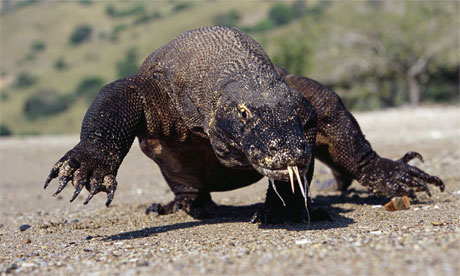
A komodo dragon's bite is comparatively weak but its venom is lethal. Photograph: Theo Allofs/Corbis
Researchers have discovered that the bite of the world's largest lizard, the Komodo dragon, is venomous.
The carnivorous beasts are unusual because they release their prey after biting them, apparently leaving the animals to bleed to death before eating them. But many experts have claimed the victims die after being infected with bacteria that cover the lizards' serrated teeth.
Komodo dragons live on several Indonesian islands and typically grow to 3m long and weigh around 50kg. They lie in wait for prey and ambush them by charging forwards with their jaws open. The lizards can spend hours in one spot, waiting for wild boar, deer, goats and other large mammals to pass by.
Scientists at the University of Melbourne used computer models to investigate the strength of the lizards' bite and found it was weak compared with other predators, such as the Australian saltwater crocodile.
But magnetic resonance imaging scans revealed complex venom glands in the dragons' mouths that had never been documented before.
Bryan Fry, who led the team, surgically removed the glands from a terminally ill dragon in a zoo. Tests showed they contained a similar poison to that found in Gila monsters and snakes, according to a report in Proceedings of the National Academy Sciences.
The powerful venom has a devastating effect on prey, causing a sudden drop in blood pressure that sends them into shock. At the same time, the venom stops the victim's blood clotting, so it bleeds to death.
The discovery suggests many more lizards may possess snake-like venom than previously thought. Until recently, only two poisonous lizards were thought to exist, the Gila monster and the Mexican beaded lizard. Both live in southern US states and Mexic

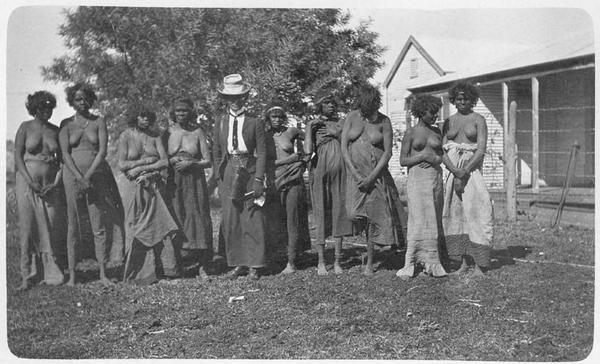



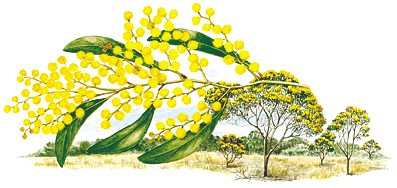


+copy.jpg)
































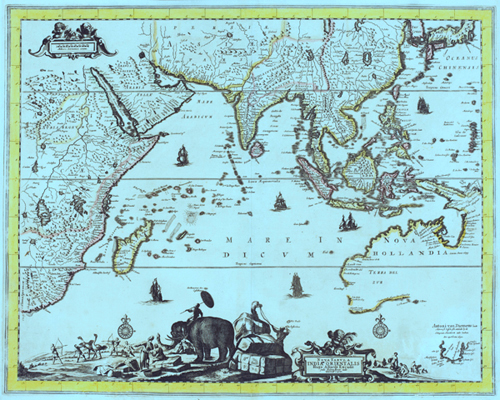

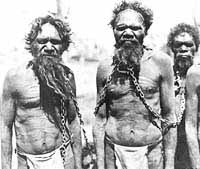
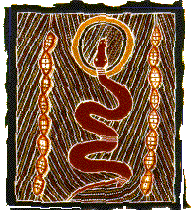


















.jpg)
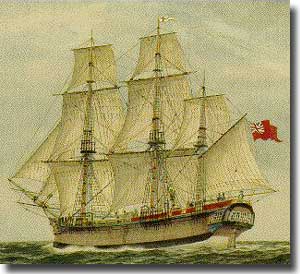


























 G
G







.jpg)
















No comments:
Post a Comment